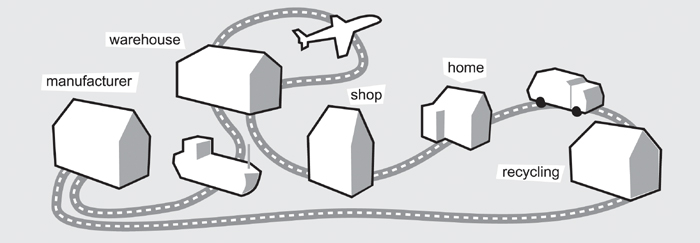design advice - areas to innovate
 Wednesday, May 22, 2013 at 05:09PM
Wednesday, May 22, 2013 at 05:09PM 
When I am designing a product I often only focus on the products relationship with the end user, without realising all the other areas where I can innovate. Products are manufactured, stored, delivered to warehouses, shipped in containers, displayed on shelves, taken home, used and kept in cupboards, cleaned etc. The life of a product does not begin when the customer opens the packaging. If I can save weight, materials, number of parts, size (flat pack), storage, ease of part replacement, ease of dis-assembly, then I am making huge cost savings and environmental savings, etc. There are loads of areas within product design where a designer can make a huge difference, a long time before it has reached the end user and a long time after and all too often I think this is overlooked.





